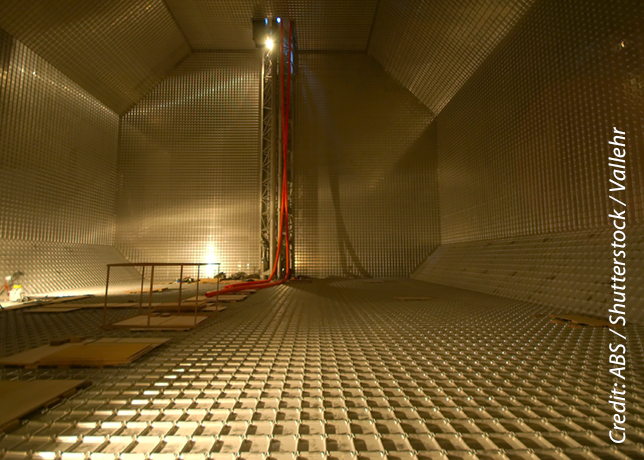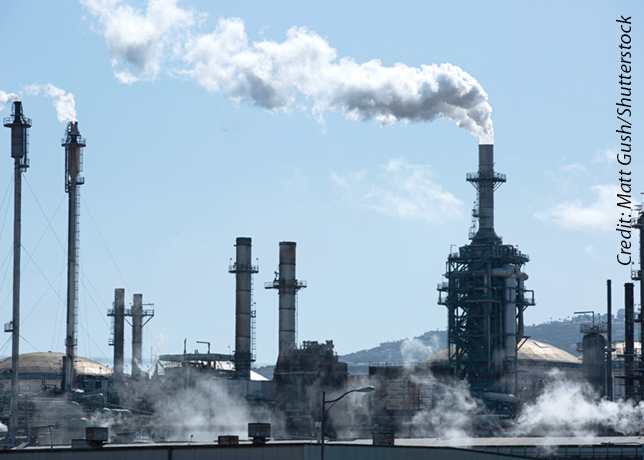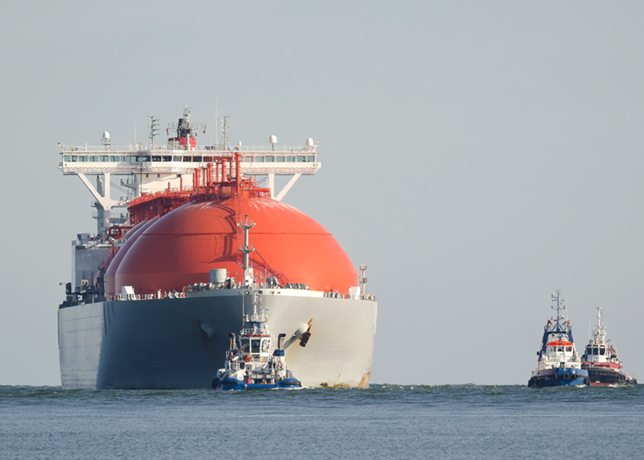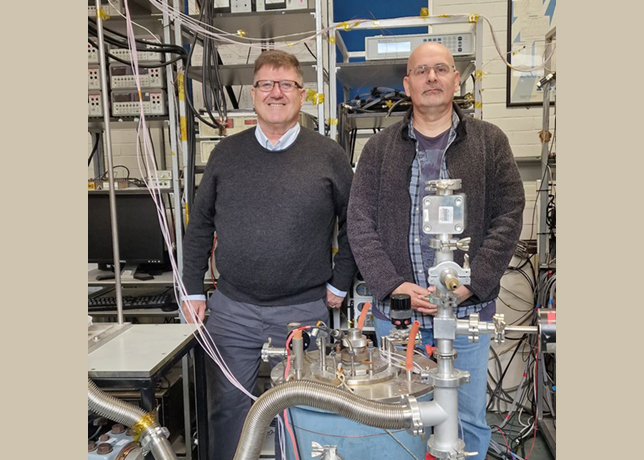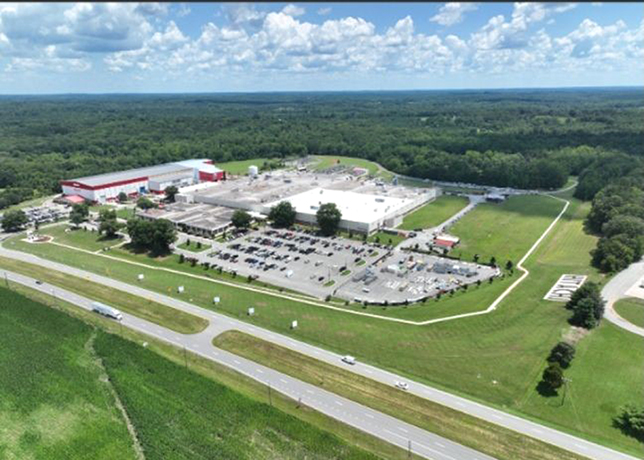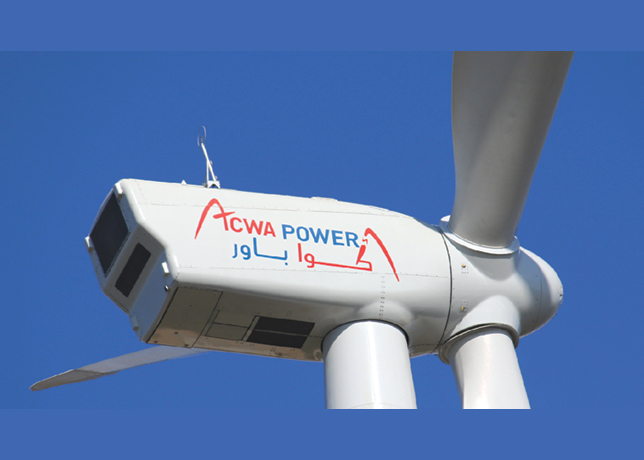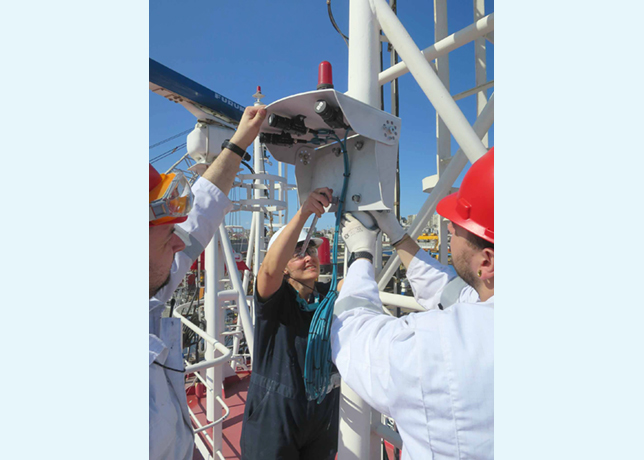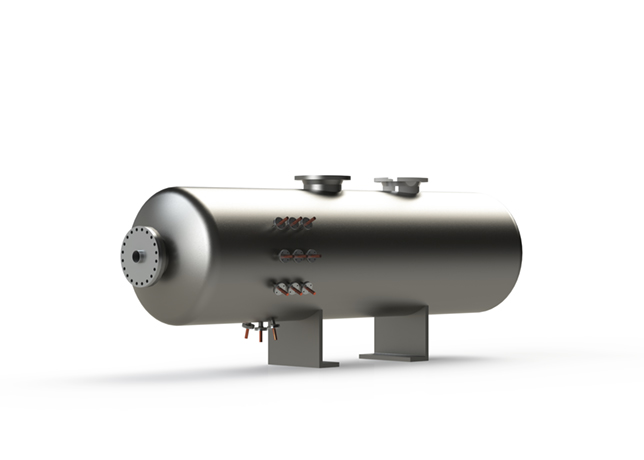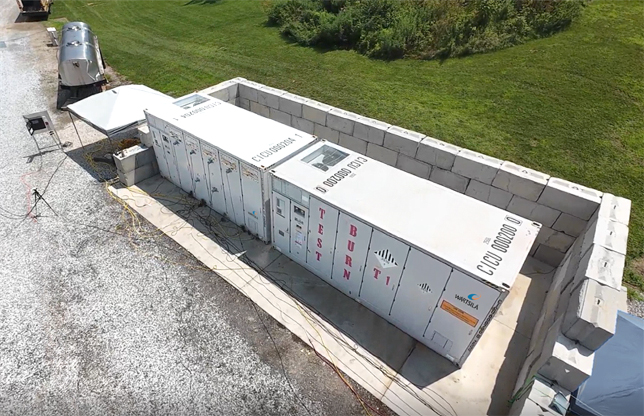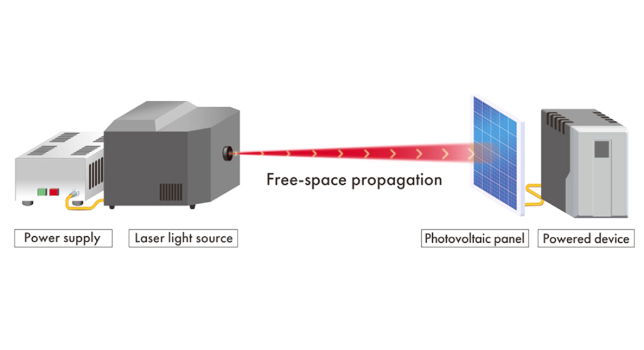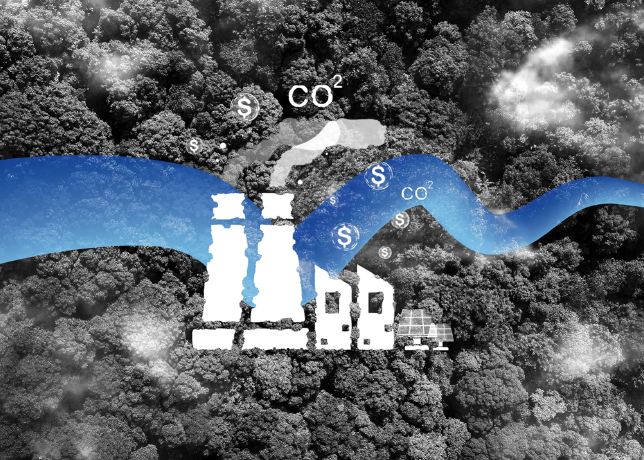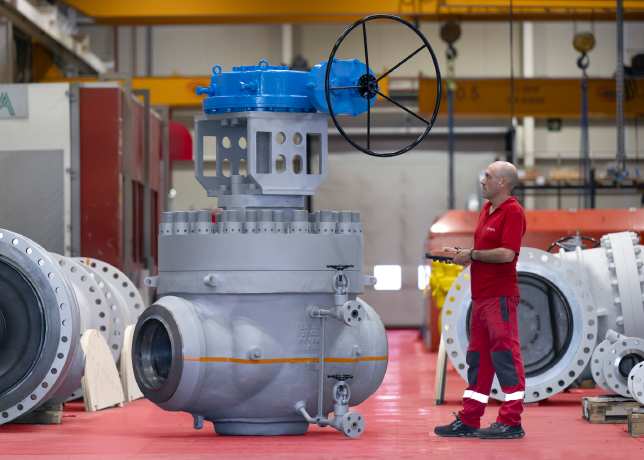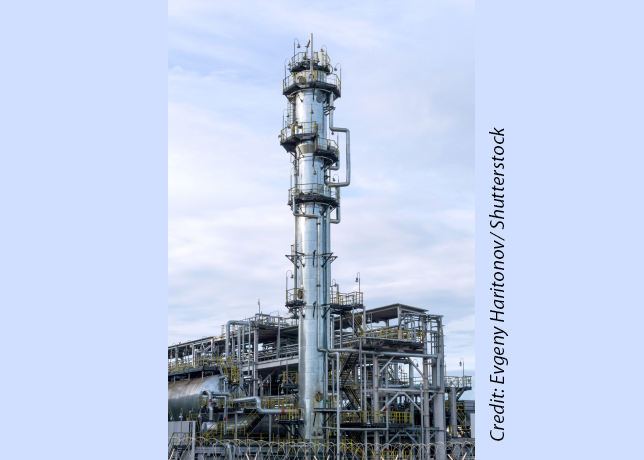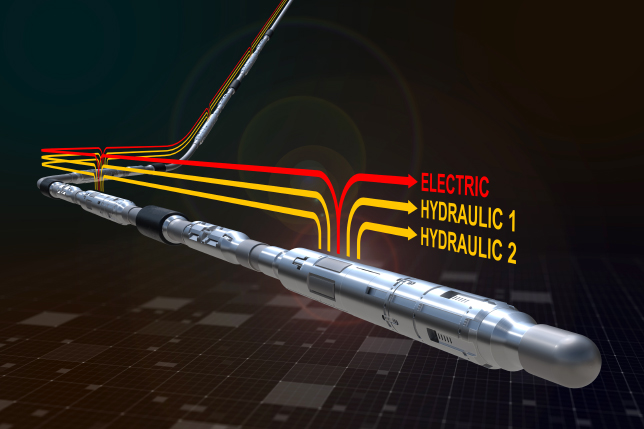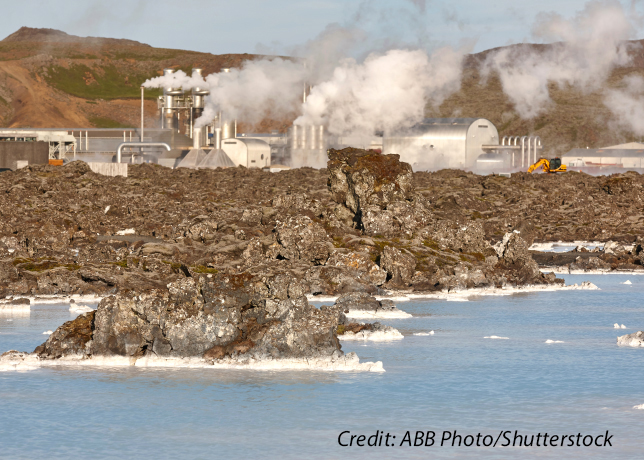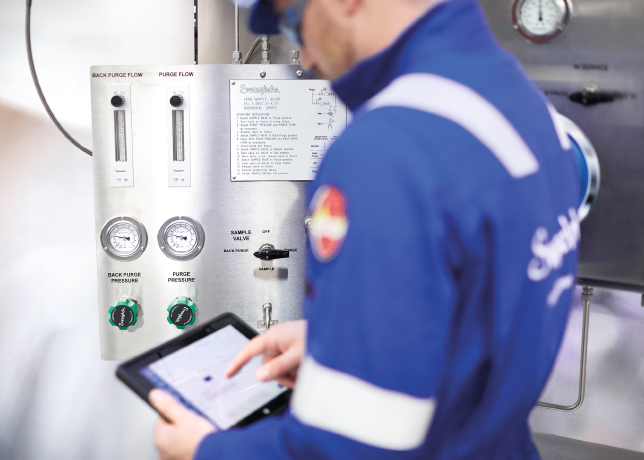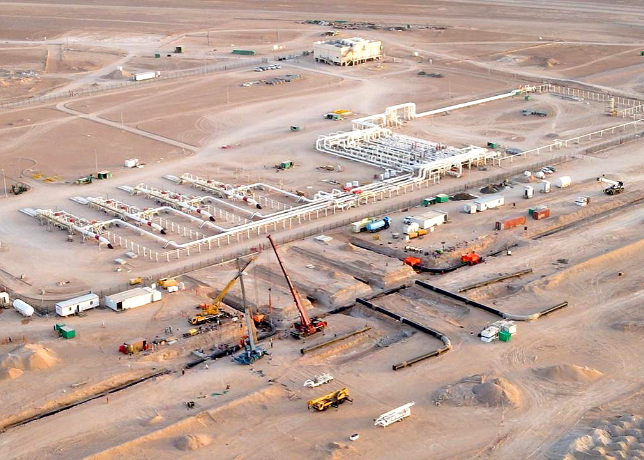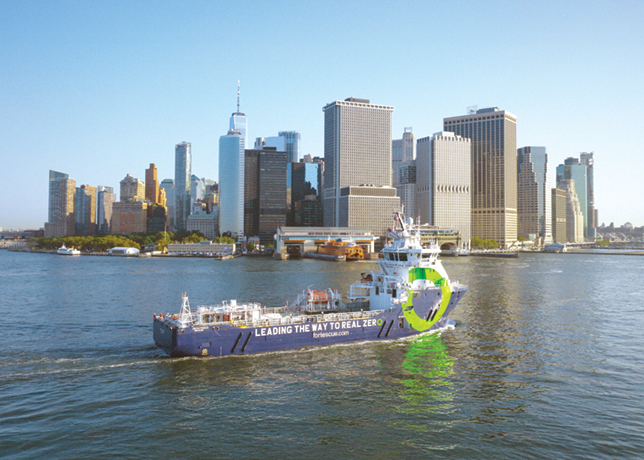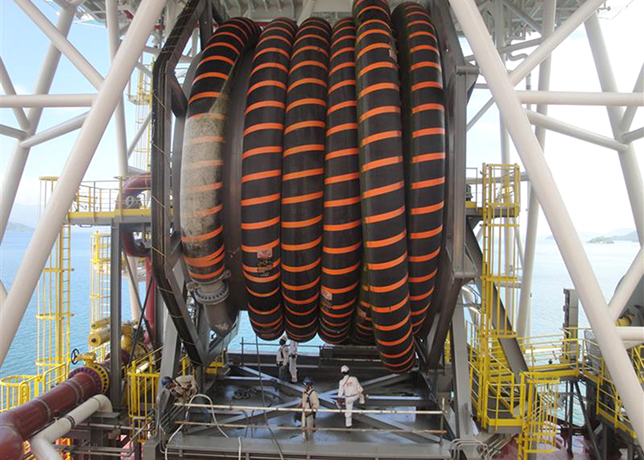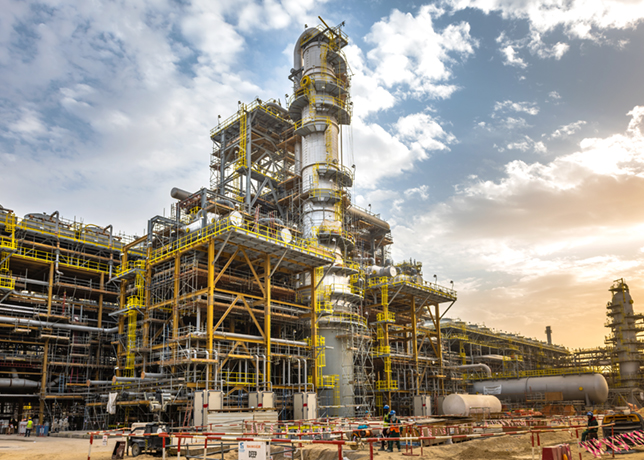
The global market size for CO2 utilisation will reach a market value of $70 billion by 2030, increasing to $550 billion by 2040.
In its newest report, "CO2 Capture & Utilization: The Emergence of a Carbon Economy," Lux Research, a global provider of tech-enabled research and advisory services, forecasts the adoption of CO2 utilisation in the buildings, chemicals, materials, fuels, and food sectors.
Despite unprecedented action against climate change over the past decade, global emissions witnessed steady growth and only fell in 2020 due to the coronavirus pandemic.
All projections have emissions returning to their upward trajectory unless drastic measures are taken across the entire energy system. While CO2 is a significant contributor to climate change, interest in a potential carbon economy is growing from governments, industry, and the investment community. Carbon capture and utilisation remains a crucial technology to not only remove but even recycle CO2 from the atmosphere.
CO2 can convert into six types of products: building materials, chemicals, carbon additives, fuels, polymers, and proteins.
"The projected growth will be driven by the building materials sector. For example, CO2 can be used to produce aggregates to mix with cement or injected directly into wet concrete for curing," explains Runeel Daliah, Analyst at Lux Research and the lead author of the report.
"Building materials will become the largest sector for CO2 utilisation, capturing 86 per cent of the total market value by 2040. Technologies for CO2 utilization in the building industry have low technical barriers – adoption will only be impeded by regulatory constraints."
"Fuels, chemicals, and carbon additives provide vast potential for CO2 utiliation, but it will not be reached without extensive innovation or regulatory support for widespread adoption," adds Daliah.
"The polymers and protein sectors will remain niche applications of CO2 utilization despite the expected success of the technology in these sectors. Successful deployment for polymers remains small, while CO2 utilization for proteins is still in the development stage, with adoption driven by the rising demand for alternative proteins." –Tradearabia News Service


















